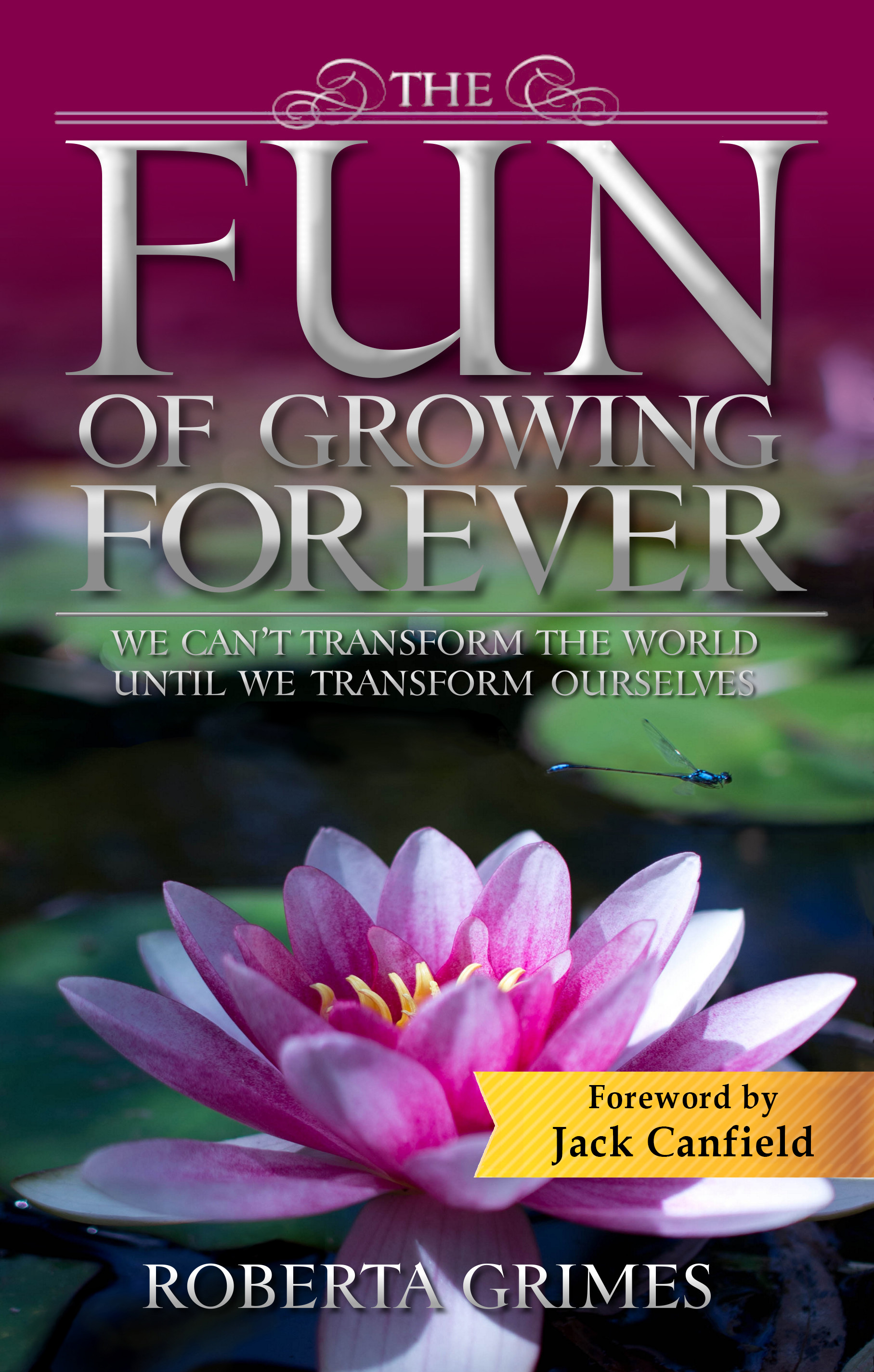One of the primary indications that what the dead have been telling us is true is the fact that the study of the  afterlife turns out to be giving us a whole new physics. It isn’t about death at all. Instead, it is the next stage of quantum physics, the end toward which medical practice is tending, the answers to astronomers’ greatest questions, and the final retort to anthropologists who consider people to be just apes. It is the brand-new physics that physicists have been struggling to assemble for a hundred years. It’s a Consciousness Theory of Everything that seems to solve the biggest problems in modern science.
afterlife turns out to be giving us a whole new physics. It isn’t about death at all. Instead, it is the next stage of quantum physics, the end toward which medical practice is tending, the answers to astronomers’ greatest questions, and the final retort to anthropologists who consider people to be just apes. It is the brand-new physics that physicists have been struggling to assemble for a hundred years. It’s a Consciousness Theory of Everything that seems to solve the biggest problems in modern science.
Because this is a new foundational science – it’s the third great physics, beyond Newton and Planck – for those few of us who have figured it out enough to understand what the dead are revealing, it makes popular science magazines lots of fun. Scientific American and Discover are my favorites. They are full of accounts of the groping that frustrated scientists still are doing, trying ever more desperately to make insanely complicated and ultimately ridiculous theories make sense. We can see where they are going wrong. We can guess at the eventual solutions to their problems that will be documented only when physicists at last take over from hobbyists the thrilling new study of consciousness-based physics.
All the current scientific foolishness would be pass-the-popcorn time if it were not so tragic. The plain fact that physicists are trying not to be too plain about is that none of their theories for unifying Newtonian physics with quantum physics have panned out. The Great Hadron Collider was their best shot. And except for finding what they believe is the Higgs Boson – apparently found now, but still inexplicable – they have been unable to find any of the particles that all their grand unifying theories have predicted.
As you know if you have been reading these blog posts, the third wave of physics isn’t complicated. It’s simple. In recent weeks I have been sharing with you modern science’s stupidest problems, together with possible third-wave-of-physics answers. As I hear from readers, I find that these discussions are resonating with you, so here for your delectation are three basic third-wave observations based upon what the dead are telling us:
- Your brain does not generate your mind. Why is this basic fact so hard for scientists to accept? There is so much evidence that your brain is just a receiver and transmitter that the case is really open and shut, but just one new tidbit should suffice. As of 2014, the human genome has been calculated to comprise 19,000 genes, which is more than 2,000 fewer genes than the genome of C. Elegans, a transparent nematode of a thousand cells that is just one millimeter long. Nearly all the genes in the human genome actually predate the emergence of primates. Now, IF the human brain generates the mind, then where are all the genes that would be required to account for intelligence, personality, emotions, speech, and all the other unique abilities that make us so decisively the dominant species?
- Consciousness is all that exists. We cannot say this often enough. Whether the base creative Consciousness (or Mind) is greater than human consciousness, or whether our minds once free of our bodies are of precisely the same base creative force as Mind, is something that nobody knows for sure. Max Planck said that human consciousness is primary and pre-existing, which was the greatest discovery in history; and sadly, he was altogether ignored. Your consciousness is eternal and powerful. You never began, and you never will end.
- The only way to unite Newtonian and quantum physics is with a Consciousness Theory of Everything. The
 fact that physicists don’t yet realize this is the reason why they have been so long in the weeds. The theory of everything that is most consistent with what the dead are revealing to us is set forth in Thomas Campbell’s My Big TOE (2007). If mainstream physicists come to their senses before Dr. Campbell makes his transition, then he is a shoo-in for a Nobel Prize. If you are an ambitious young physicist, then you ought to read Dr. Campbell’s book. He is getting on in years, and the award is never posthumous, so perhaps the Nobel Prize that is going to be given for a Consciousness Theory of Everything might have your name on it!
fact that physicists don’t yet realize this is the reason why they have been so long in the weeds. The theory of everything that is most consistent with what the dead are revealing to us is set forth in Thomas Campbell’s My Big TOE (2007). If mainstream physicists come to their senses before Dr. Campbell makes his transition, then he is a shoo-in for a Nobel Prize. If you are an ambitious young physicist, then you ought to read Dr. Campbell’s book. He is getting on in years, and the award is never posthumous, so perhaps the Nobel Prize that is going to be given for a Consciousness Theory of Everything might have your name on it!
These are three core facts of the third wave of physics. Your great-grandchildren will be learning them in school. What interests me most, of course, is what these core facts tell us about who and what human beings really are, and that is what we will discuss next week.
photo credit: <a href=”https://www.flickr.com/photos/fischerfotos/7408813732/”>Mark Fischer</a> via <a href=”http://photopin.com”>photopin</a> <a href=”http://creativecommons.org/licenses/by-sa/2.0/”>cc</a>
photo credit: <a href=”http://www.flickr.com/photos/dustpuppy72/4290962747/”>Dustpuppy72</a> via <a href=”http://photopin.com”>photopin</a> <a href=”http://creativecommons.org/licenses/by-nc-nd/2.0/”>cc</a>

 Perhaps if they will return to that old saw, Occam’s Razor, and rethink reality along simpler lines, they will save themselves some headaches. In fact, courtesy of our beloved dead, the answers to many of their questions have been under their noses for more than a century.
Perhaps if they will return to that old saw, Occam’s Razor, and rethink reality along simpler lines, they will save themselves some headaches. In fact, courtesy of our beloved dead, the answers to many of their questions have been under their noses for more than a century. Christian, a Catechism teacher, a Lector, and such a devoted daily reader of the Bible that I have read it cover-to-cover at least a dozen times. Each time I got to the final page of Revelation, I would read the New Testament a second time and then plunge back in with Genesis I. I was a Christian with a Capital “C.”
Christian, a Catechism teacher, a Lector, and such a devoted daily reader of the Bible that I have read it cover-to-cover at least a dozen times. Each time I got to the final page of Revelation, I would read the New Testament a second time and then plunge back in with Genesis I. I was a Christian with a Capital “C.” Father, who sees what is done in secret, will reward you.” (Matthew 6:6)
Father, who sees what is done in secret, will reward you.” (Matthew 6:6) One of the things that is most certain about the afterlife evidence is what it tells us is the reason why we even are alive at all. Why are we here? What is human life for? The very fact that there exists such an exquisite and gloriously planned afterlife for each of the seven billion struggling on earth, and the uncounted billions who already are there, strongly suggests that all our lives on earth must have a pretty spectacular purpose.
One of the things that is most certain about the afterlife evidence is what it tells us is the reason why we even are alive at all. Why are we here? What is human life for? The very fact that there exists such an exquisite and gloriously planned afterlife for each of the seven billion struggling on earth, and the uncounted billions who already are there, strongly suggests that all our lives on earth must have a pretty spectacular purpose. listeners, and I don’t plan to discuss his passing on my own weekly program, Seek Reality. The best news that the afterlife evidence offers to us about suicide is that it is not all bad news.
listeners, and I don’t plan to discuss his passing on my own weekly program, Seek Reality. The best news that the afterlife evidence offers to us about suicide is that it is not all bad news. whatever prayer tradition makes sense to the mourner. If everyone who loves Robin Williams will do that, then I am confident that he is going to be fine.
whatever prayer tradition makes sense to the mourner. If everyone who loves Robin Williams will do that, then I am confident that he is going to be fine.









